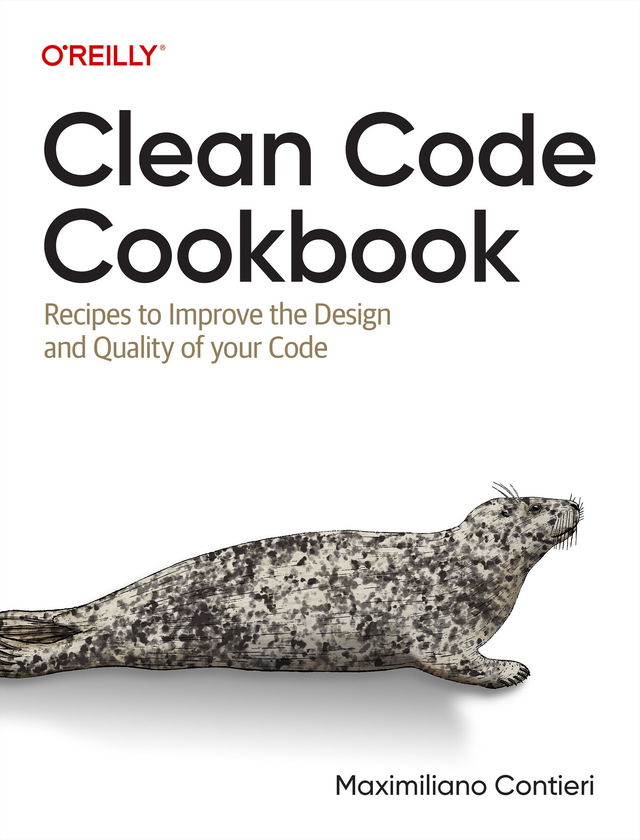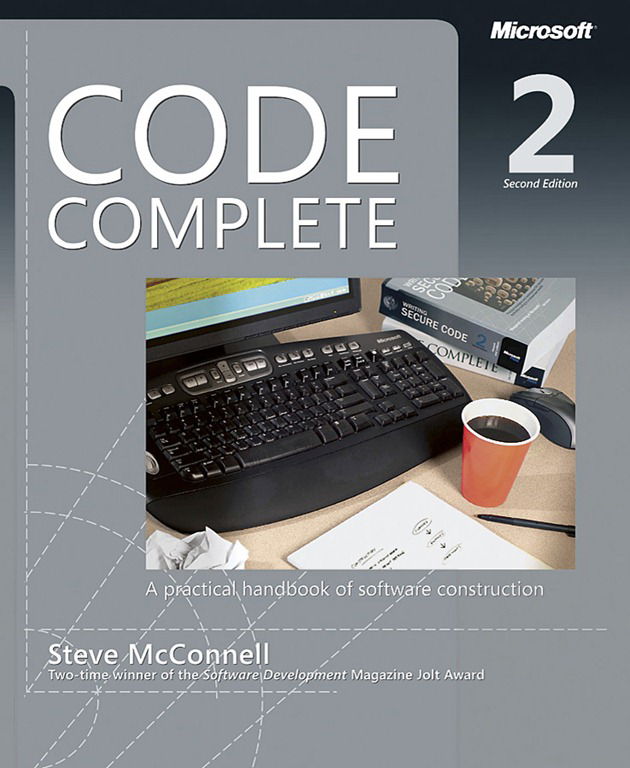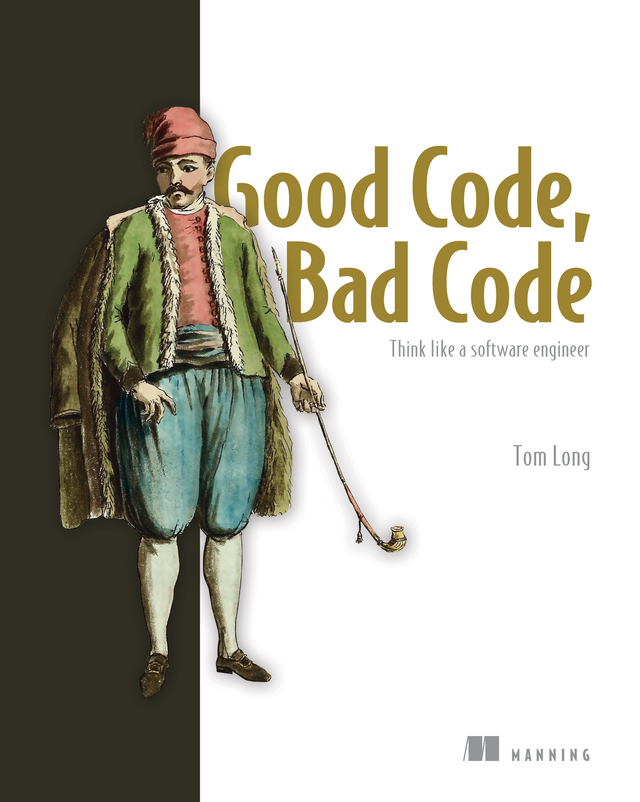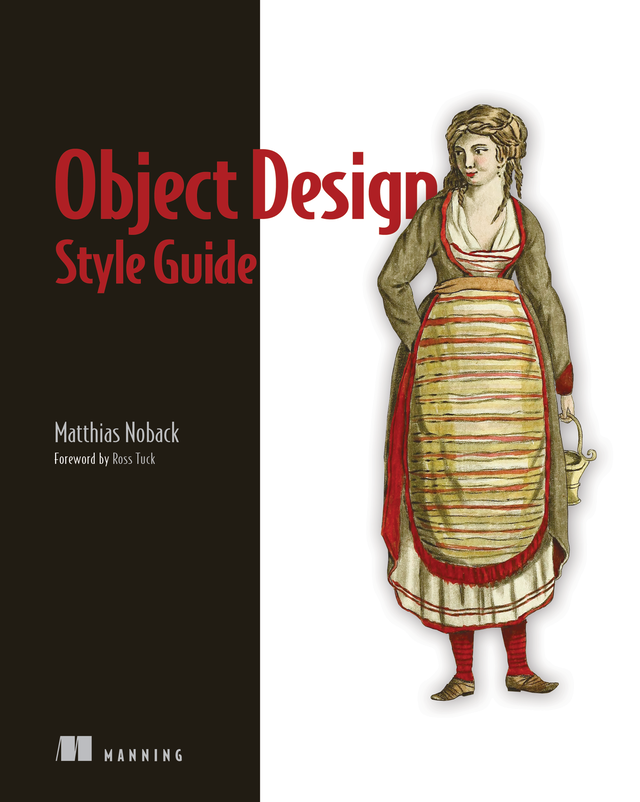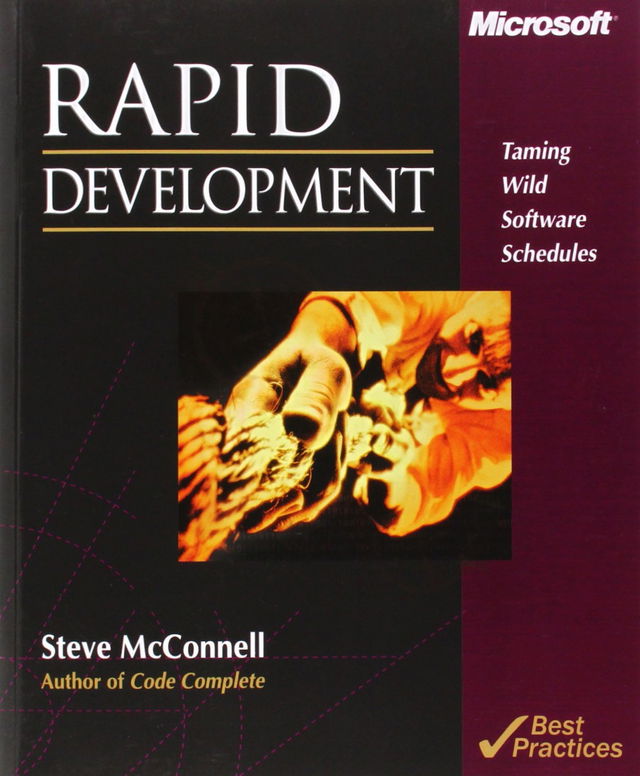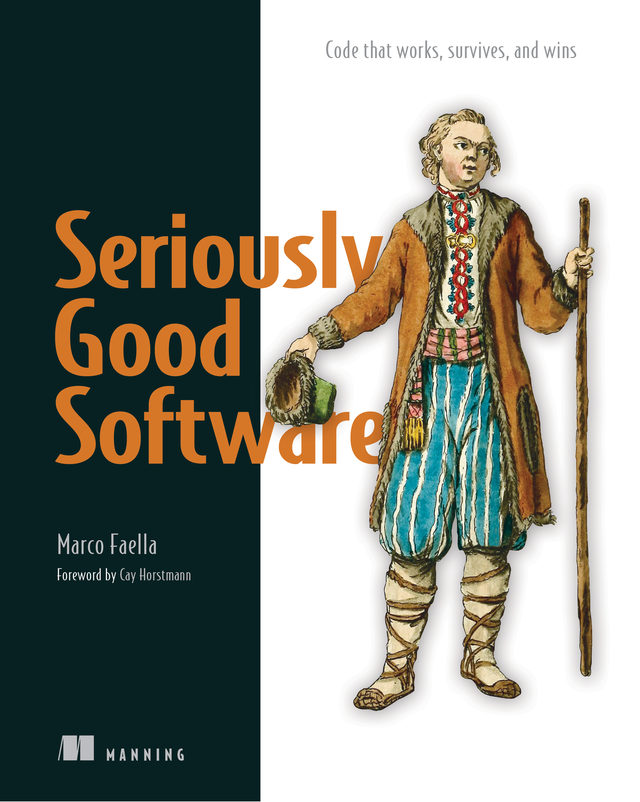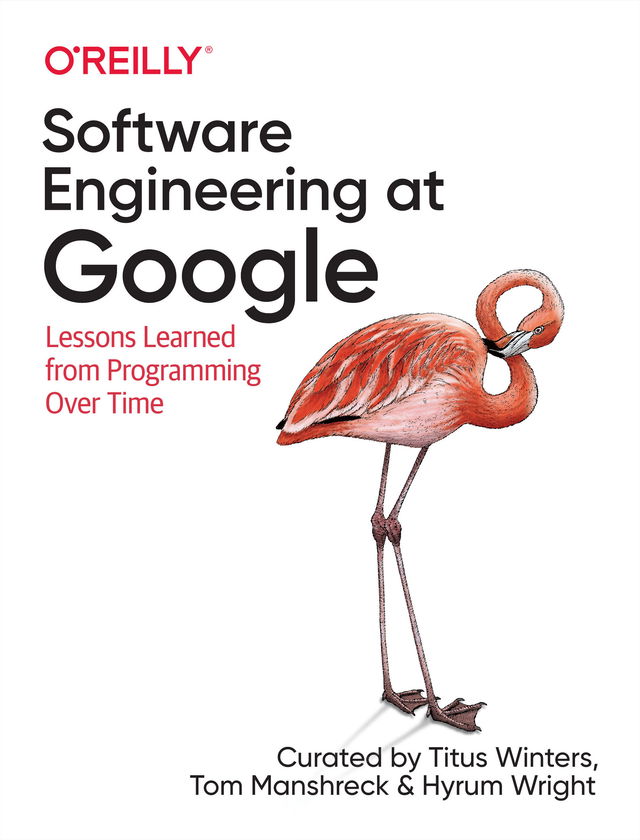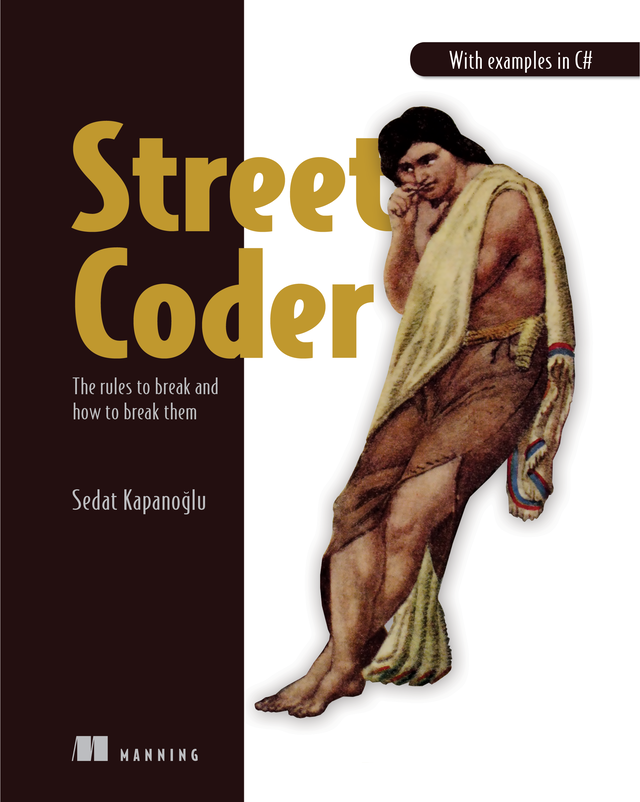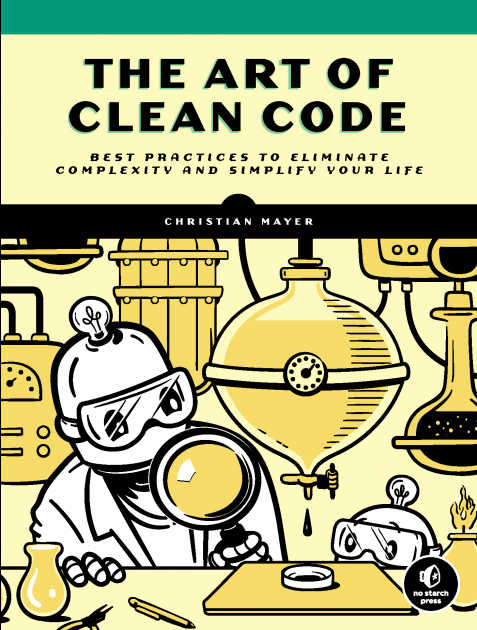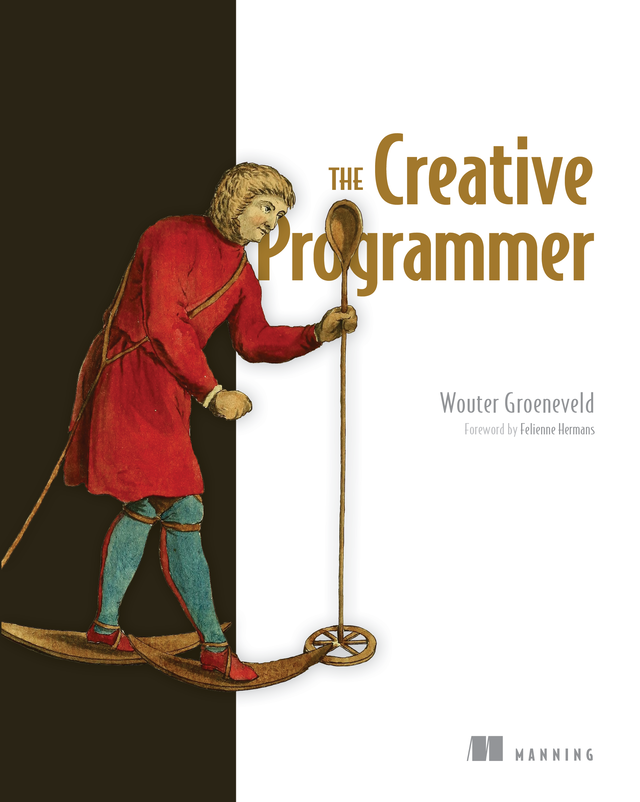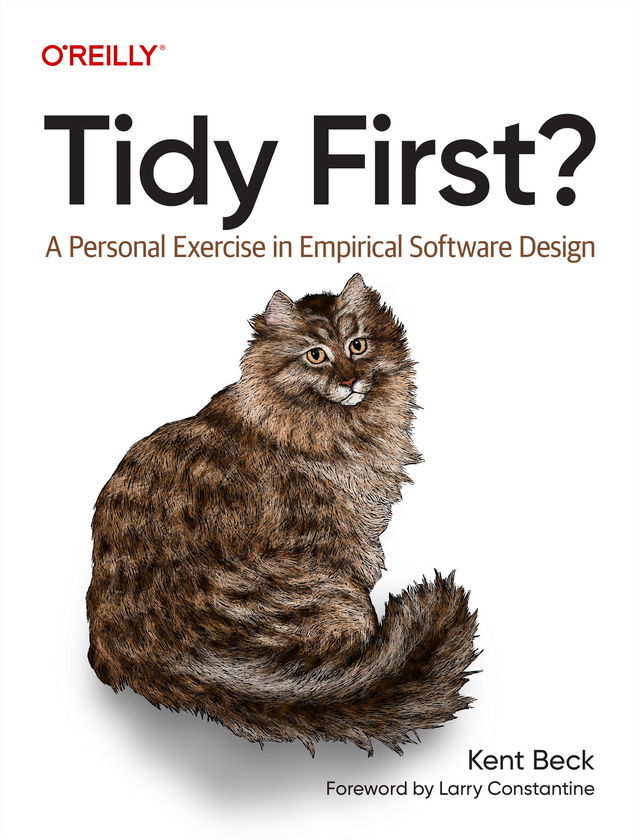Often, software engineers and architects work with large, complex code bases that they need to scale and maintain. With this cookbook, author Maximiliano Contieri takes you beyond the concept of clean code by showing you how to identify improvement opportunities and their impact on production code. When it comes to reliability and system evolution, these techniques provide benefits that pay off over time.
Using real life examples in JavaScript, PHP, Java, Python, and many other programming languages, this cookbook provides proven recipes to help you scale and maintain large systems. Every section covers fundamental concepts including readability, coupling, testability, and extensibility, as well as code smells—symptoms of a problem that requires special attention—and the recipes to address them.
As you proceed through this book, refactoring recipes and the variety of code smells increase in complexity. You will:
- Understand the benefits of clean code and learn how to detect code smells
- Learn refactoring techniques step by step
- Gain illustrative code examples in several modern programming languages
- Get a comprehensive catalog of common code smells, their impacts, and possible solutions
- Use code that's straight to the point, favoring readability and learning
